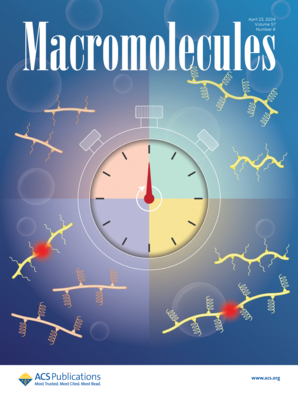The Impact of Molecular Weight on the Behavior of Poly(propylene glycol) Derivatives Confined within Alumina Templates
Abstract
In this paper, we explored the influence of both the variation in the molecular weight (Mn = ~400, 2000, 4000 g/mol) and the terminal groups (hydroxyl, amino, and methoxy) on the molecular dynamics of poly(propylene glycols) confined within anodic aluminum oxide membranes of different pore diameters. All confined samples revealed the presence of two glass transition temperatures related to the vitrification of two, core and interfacial, fractions of polymers. As found, the glass transition temperature of PPG adsorbed on the pore walls increases with a decrease in polymer Mn and scales with the H-bonding ability of a given material. Surprisingly, the glass transition temperature of the core macromolecules decreases with respect to the bulk sample with increasing Mn. To gain insight into the observed quite unexpected anti-correlated behavior of both Tg values, we performed the additional contact angle and surface tension measurements together with the annealing experiments. As shown, there were no differences in wettability, surface tension, and interfacial energy between studied materials. However, performed time-dependent measurements revealed that the polymer molecular weight significantly affects the density equilibration and adsorption–desorption processes occurring at the interface. This finding seems to be consistent with the annealing experiments carried out on thin polymer films as well as with the recent studies on the kinetics of infiltration of macromolecules into nanochannels (so-called imbibition process). We believe that the presented data might be important in a better understanding of the chain and segmental dynamics in polymers characterized by various functionalities and molecular weights under confinement.





